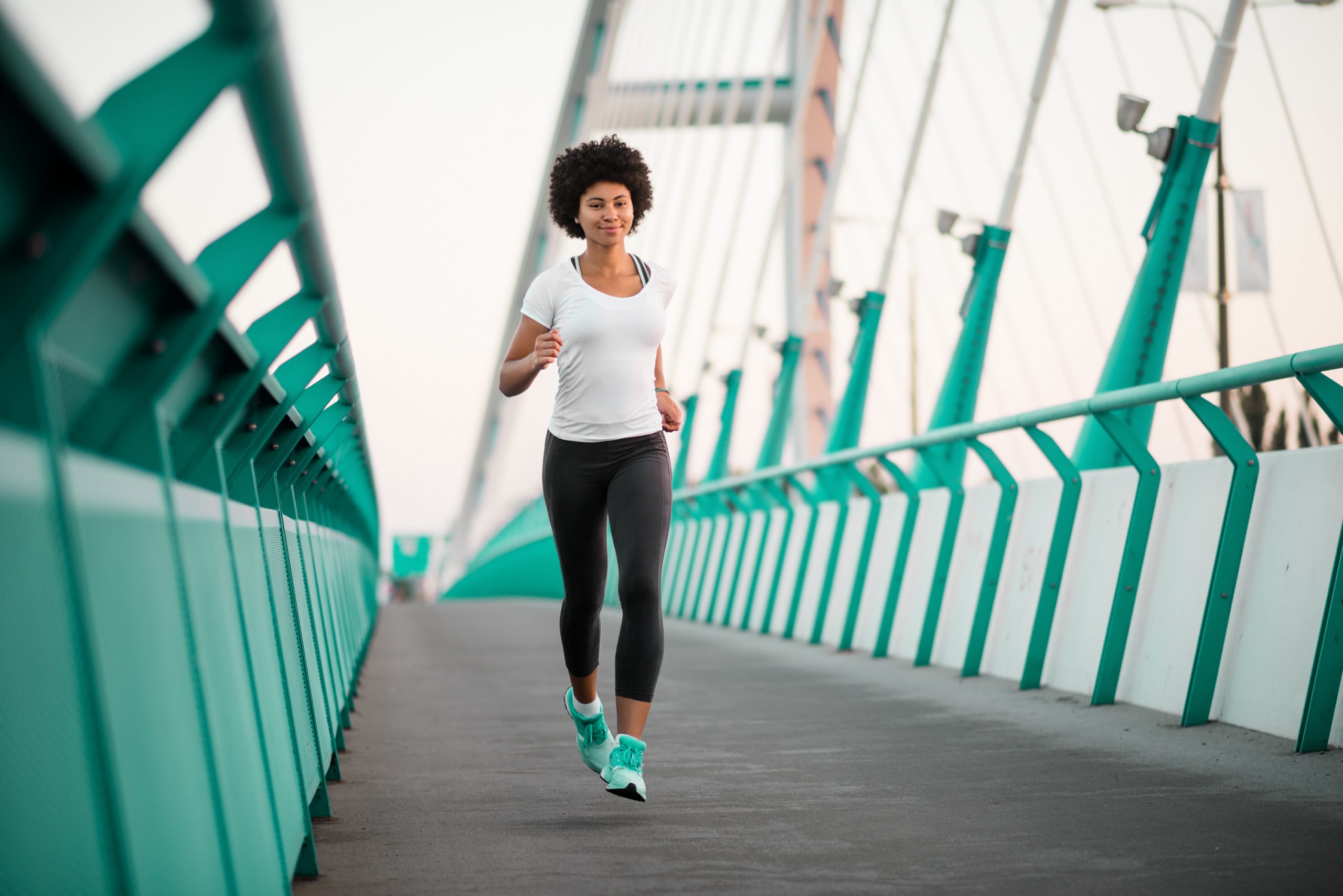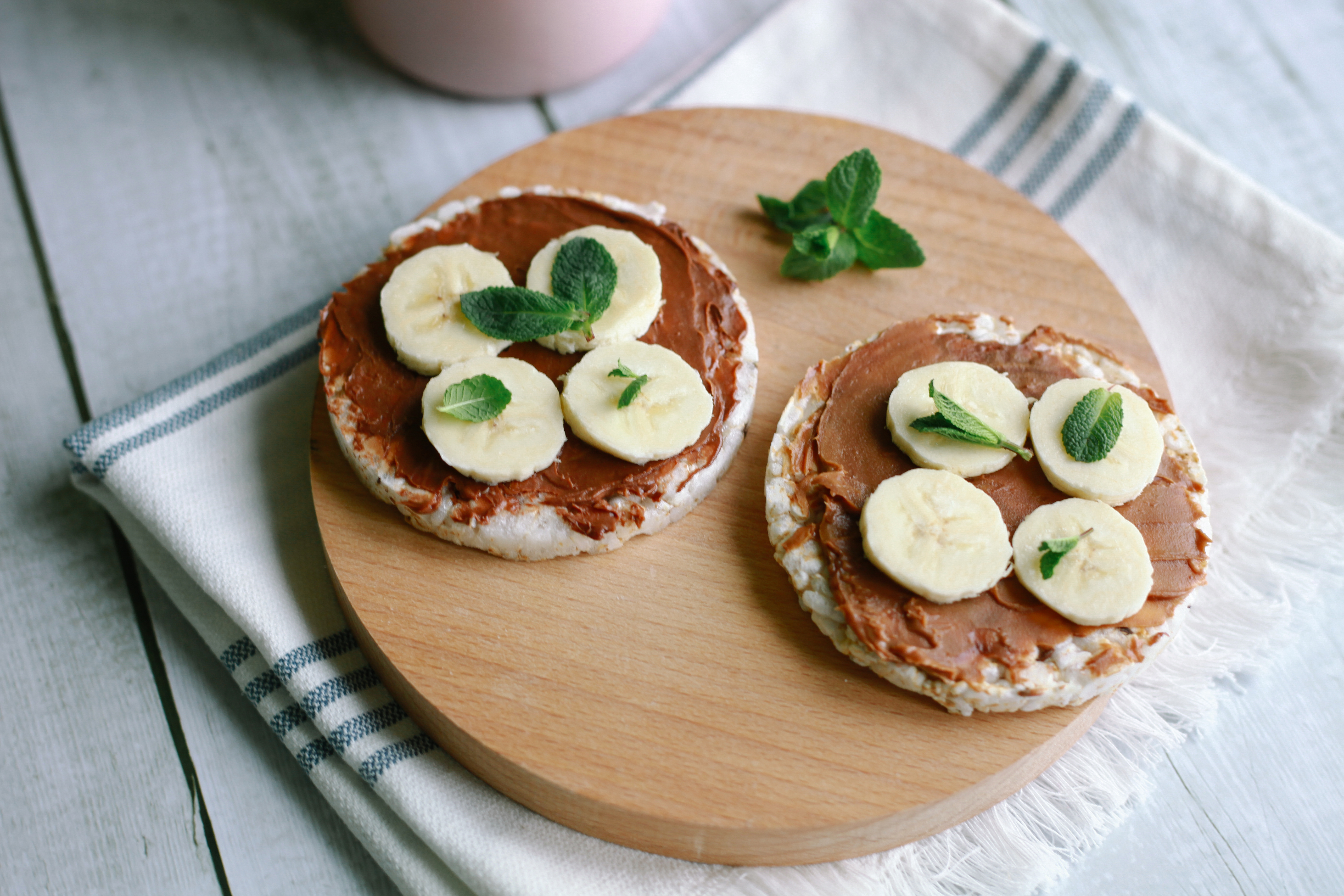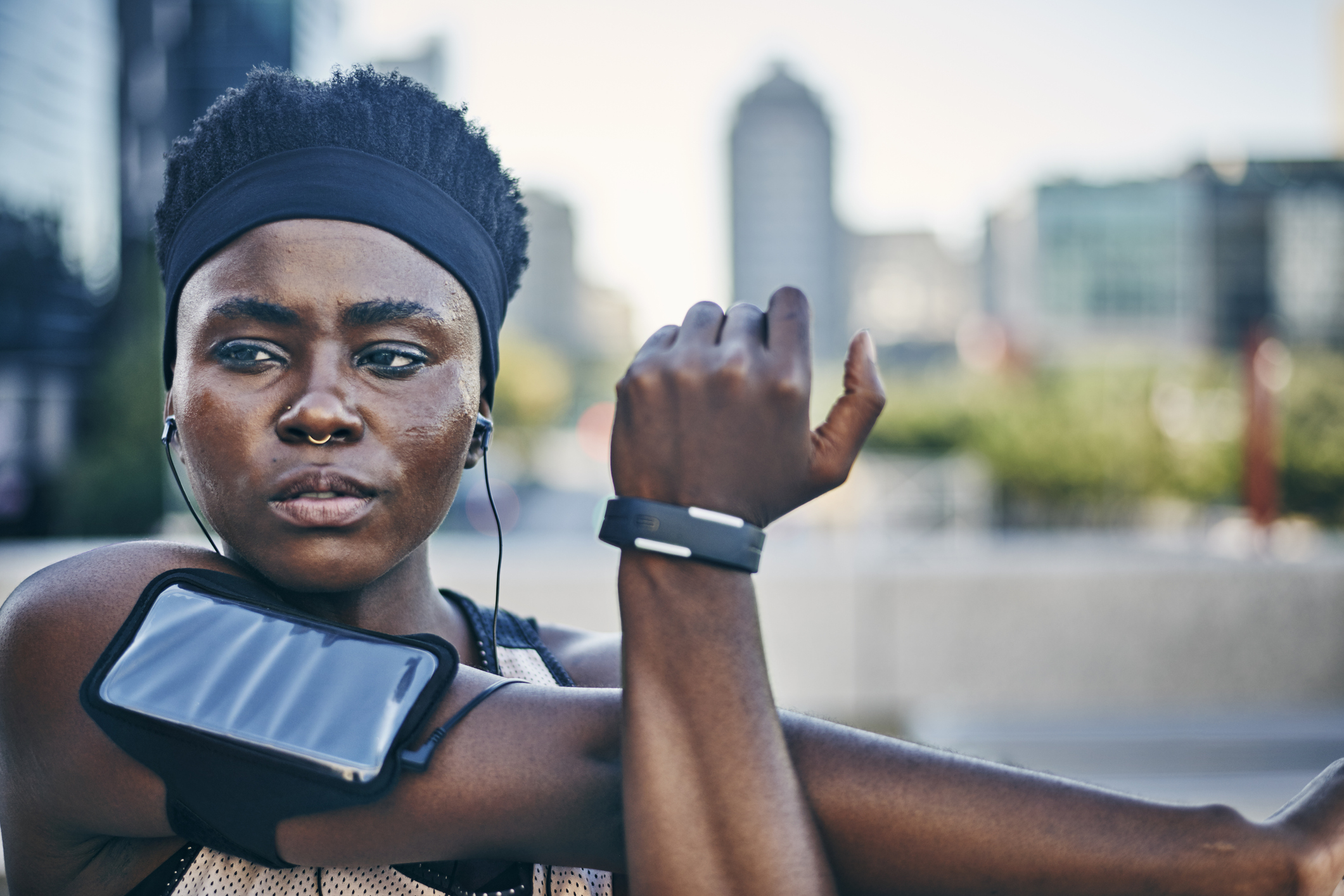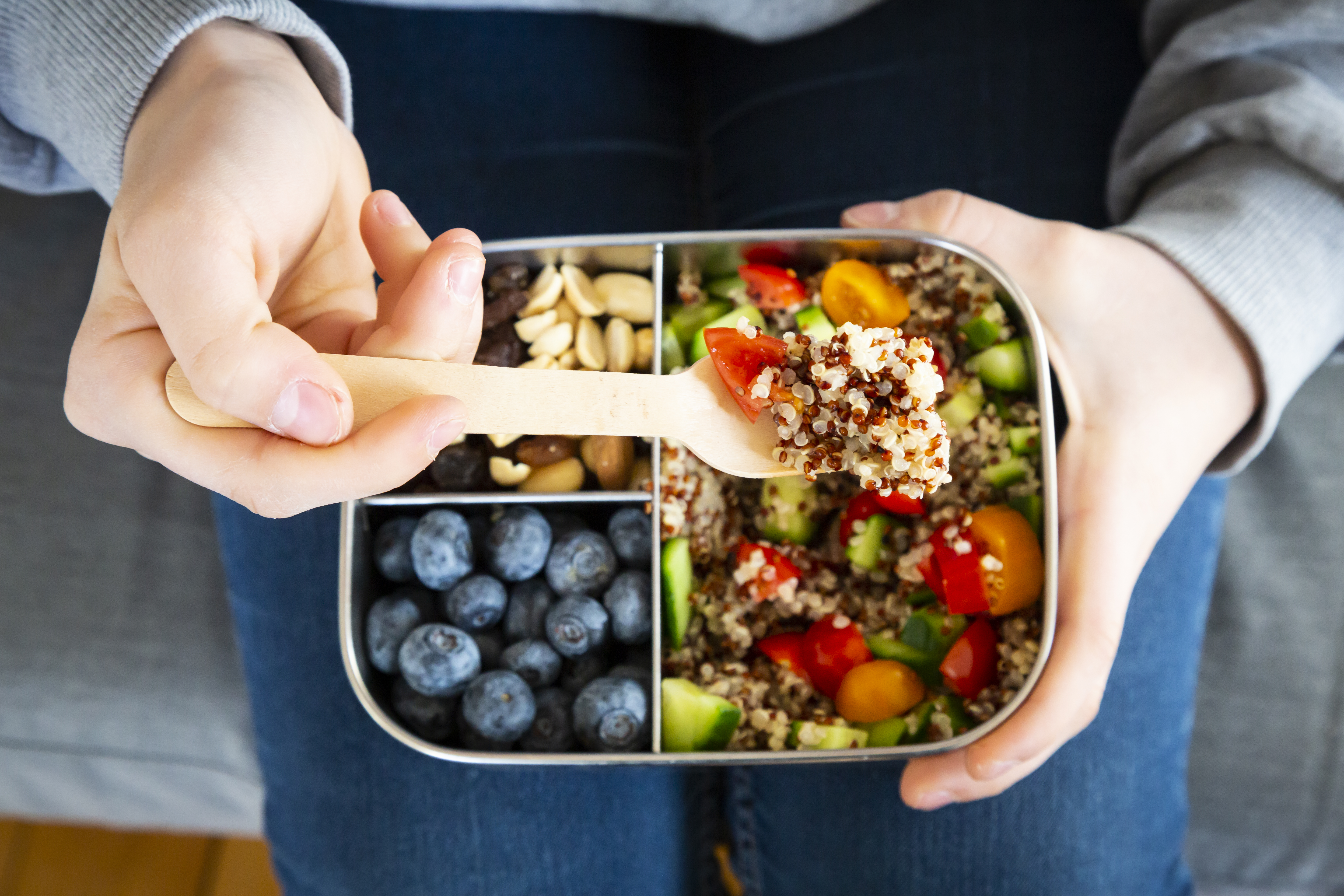How long after eating can I exercise? You asked, we answered
As search for the term shoots up 1100% in a year.

As search for the term shoots up 1100% in a year.
If you're Googling 'how long after eating should I exercise?', chances are, you're one of the millions of others who used the three UK lockdowns to improve your physical fitness (read: spent more time reading up on the annals of celebrity workouts than you did spending time with your family).
You might've bought new running shoes and trained for half marathons, invested in home gym equipment and streamed home workouts to your living room, or even patiently waited for the gyms to open again to start weight training; whatever your sport of choice, you'll likely want to know how long before your workout you can fit a snack or meal in.
Why? Well, a few reasons - by-and-large, because food is the fuel that powers you through tough sessions, so making sure you've eaten enough pre-sweat is essential for best results. Secondly, because if you eat too close to your workout, you're likely to get a pretty mega stitch as your body tries to digest said snack. Not the one.
We've picked the brains of a performance nutritionist and former Olympic athlete for their take.
What happens if you eat too close to a workout?
In a nutshell, either stomach discomfort or nausea - which nobody wants.
"Eating something heavy too soon afterwards can have the same result, so just make sure to listen to your body and eat when it feels ok to do so," advises Bulk performance nutritionist Simon Jurkiw.

How long after eating should I exercise?
Knowing how long to wait after you've eaten and before you exercise is a fine art and will differ from person-to-person, explains Jurkiw.
"You can exercise as soon after eating as you feel comfortable doing," he explains. "Contrary to what some people may think, there's no real benefit to waiting a specific time period."
That being said, if you're a runner, be wary of the fact that you might suffer from gastro-intestinal discomfort, often resulting in a runny tummy. "If you're eating close to a run, I'd recommend you choose easily digestible food and drinks such as fruit or a protein shake," Jurkiw advises. The same goes for eating after a run, too.
Former Olympian Becky Lyne agrees, saying that it totally depends on your body, type of workout and what food you've eaten, too.
"There are huge individual differences," she shares. "I’ve known some people that can eat a piece of toast while warming up on a morning run, while others prefer to wait hours after eating."
Is there an optimal window of how soon after eating I should exercise?
Thirty minutes is often referred to as a 'golden window' of how soon after exercise you should eat - studies have found that you can replenish muscle glycogen and electrolytes most effectively in this window.
But, if you flip reverse it, how soon after eating can you exercise?
One important factor to bear in mind is portion size and food type."If it’s just a snack - think a rice cake, banana and peanut butter - you'll likely be able to run within thirty minutes of eating," Lyne explains. "On the other hand, if you eat a meal containing protein, fats and carbs, generally speaking, you’re better off waiting a couple of hours before you exercise – especially if it will involve harder efforts," she explains.
Aim to wait at least 30 minutes after a snack and 90 minutes after a meal for your body to digest your food properly.

Is there a 'optimal' time of day to workout, based on when you've eaten?
In reality, run when you can fit it into your schedule, advises Jurkiw.
"There will be individual differences with regard to proximity to a meal; some people will be able to eat closer to a workout than others," he explains. "Really, it all depends on how you feel."
Wondering if you can exercise after your COVID vaccine or how to get back your exercise motivation mojo, if you're flagging? Read up, while you're here.
Bottom line?
Working out your fuelling is difficult, but not impossible. Remember everything you eat will ultimately provide fuel for your session, so, top tip: try and match your fuelling and timing to the intensity of the workout.
"If it's an endurance workout - like a long distance run or a bike ride - you may be able to eat closer to the workout," explains Jurkiw. "If it's a faster, shorter duration sweat session, be more mindful of not being too full," he advises.
5 ideas for pre-run meals or snacks
1. Banana
A simple, natural and effective source of carbs, this one's a good'un for pre-run, shares Jurkiw.
2. Porridge
Again, an easy source of slow release carbs = perfect workout fuel. Jurkiw has his with fruit, too.
3. Peanut butter and a rice cake
Ideal for early morning sessions or mid-afternoon snacks. This is Lyne's go-to.

4. Pasta
Add chicken or a veggie alternative for a protein boost, too.
5. Salmon
Cook with rice and vegetables for a balanced and healthy option, shares Jurkiw.

Ally is Marie Claire UK's Senior Health and Sustainability Editor, a well-regarded wellness expert, nine-time marathoner, and Boston Qualifying runner.
Utilising her impressive skillset and exceptional quality of writing, she pens investigative, review and first-person pieces that consistently demonstrate flair and originality.
As well as writing, Ally manages a team of freelancers, oversees all commissioning and strategy for her pillars, and spearheads the brand's annual Women in Sport covers, interviewing and shooting the likes of Mary Earps, Millie Bright, and Ilona Maher. Shortlisted for three BSMEs and winning one in 2022, Ally lives and breathes her verticals: her eye for a story and connections within the wellness sphere are unrivalled. Follow Ally on Instagram for more.
